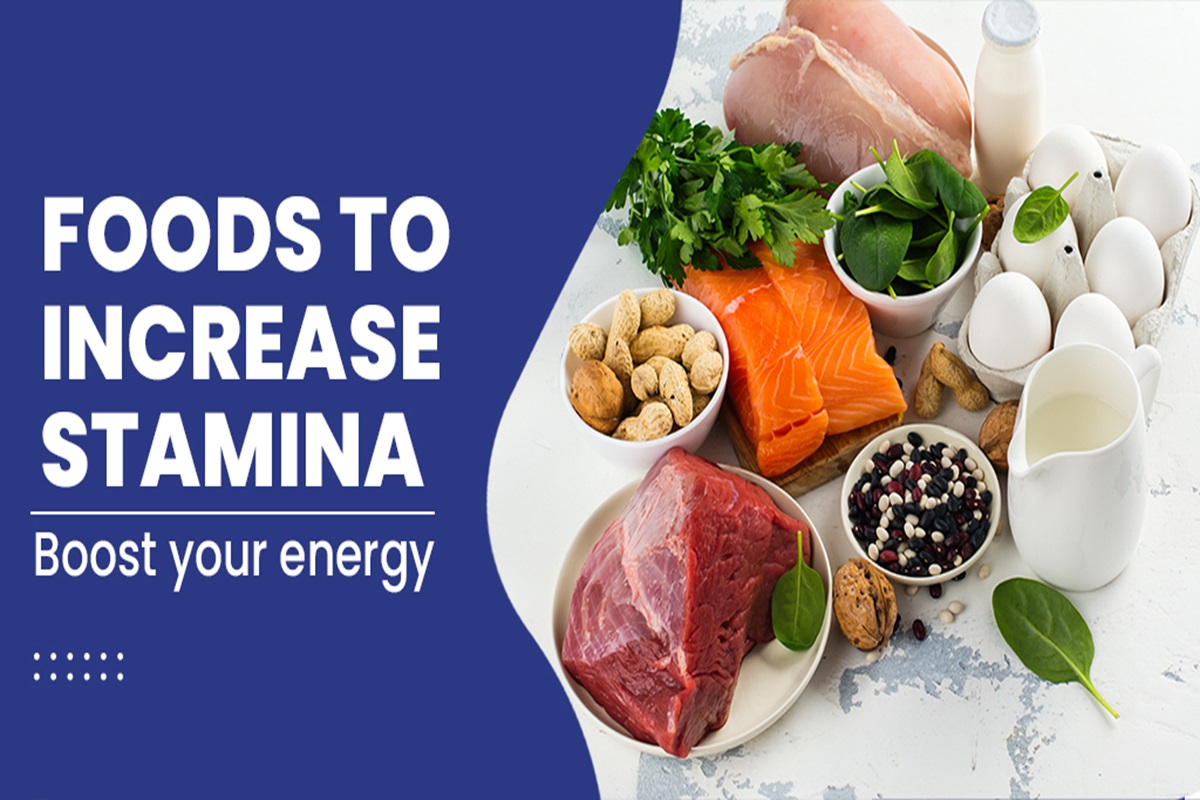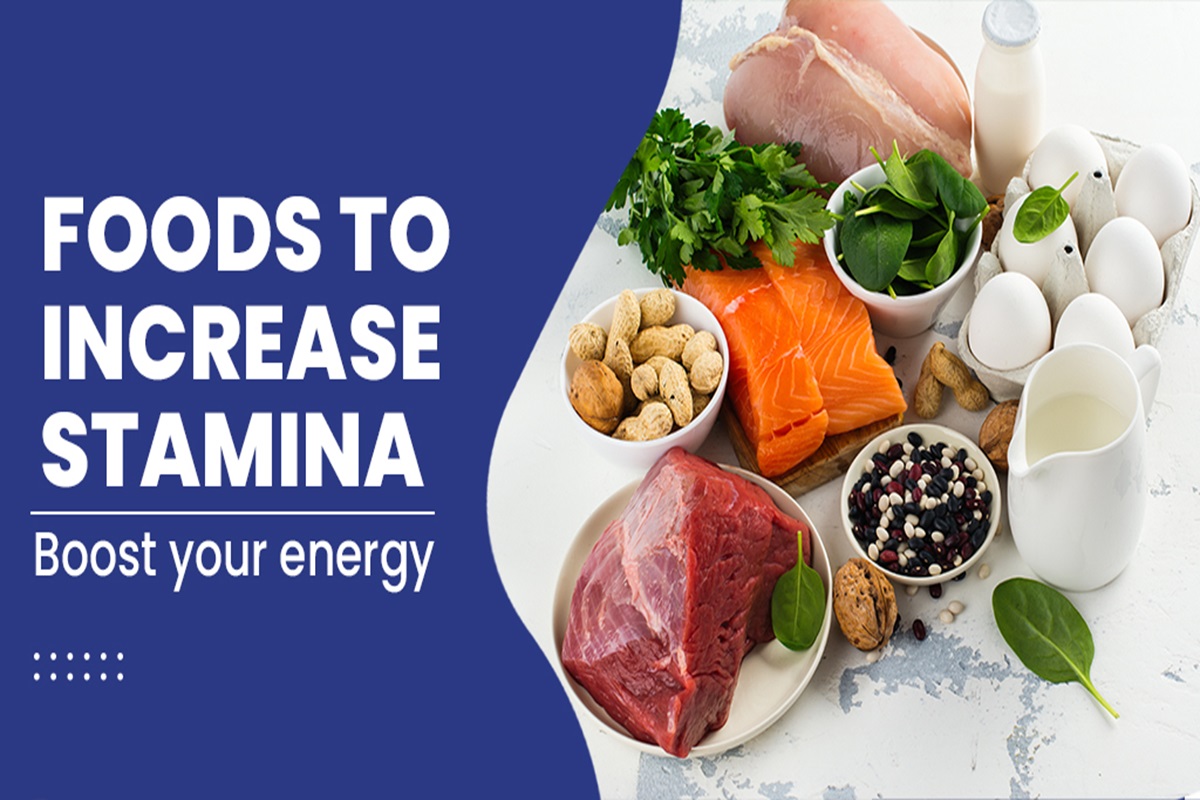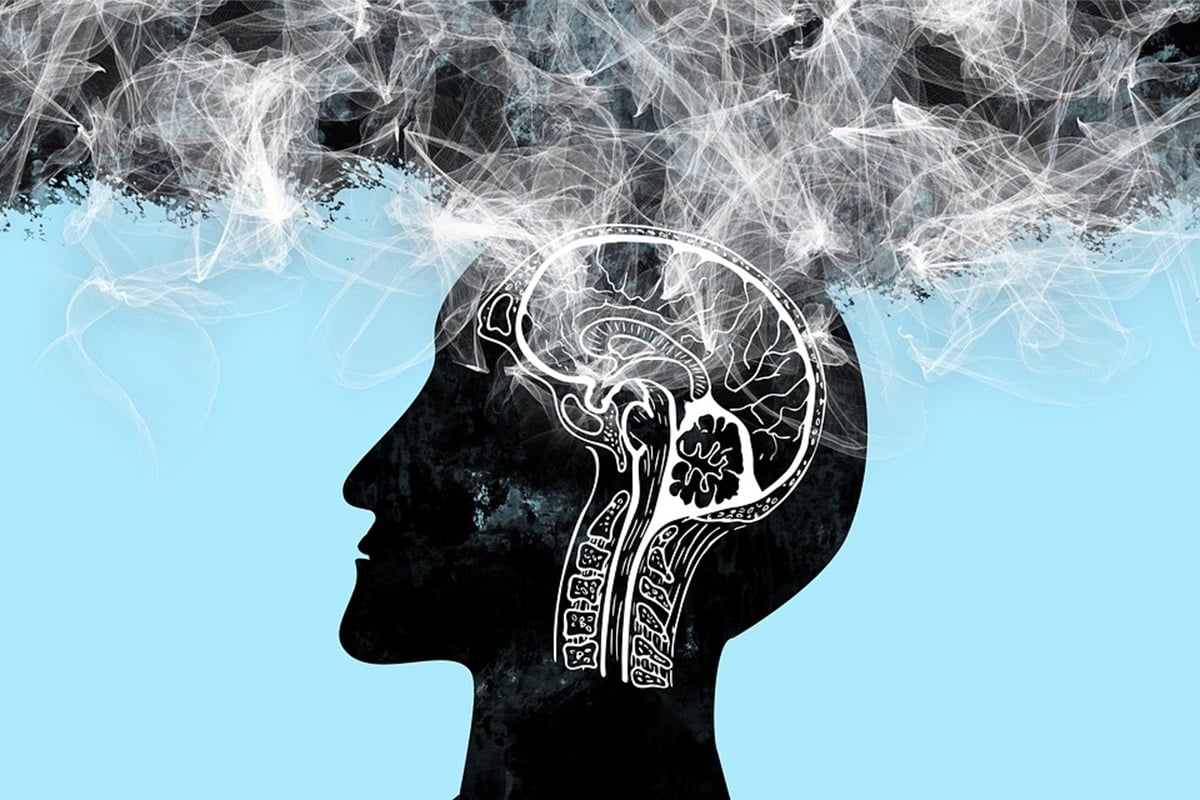In the intricate dance of food selection, a recent study spearheaded by Dr. Andy Jin from the University of Portsmouth has illuminated the nuanced priorities that guide consumers’ hands in the grocery aisles. Spanning across Czechia, Spain, Sweden, Switzerland, and the UK, the research delves into the weighty considerations of meat and dairy purchases.

The Hierarchy of Consumer Values
An extensive online survey asked 3,192 participants to evaluate the importance of 18 attributes, ranging from freshness to brand familiarity. The results were telling: across all nations, freshness, quality/taste, and animal welfare emerged as paramount concerns.
The Sustainability Dilemma
While sustainability factors like carbon footprint and organic production took a backseat, sustainability labels found favor, indicating a nuanced consumer approach to environmental responsibility.
The Role of Consumers in Eco-Friendly Practices
The power of the purse is undeniable in steering the food industry towards sustainability. By choosing products like organic produce, sustainably sourced seafood, and minimally packaged goods, consumers can significantly impact the environment.
Local and Seasonal: A Sustainable Choice
Local and seasonal food choices offer a trifecta of benefits: reduced emissions, support for local economies, and decreased food waste.
The Plant-Based Impact
A shift towards plant-based diets can dramatically lower one’s environmental footprint, addressing issues from greenhouse gas emissions to deforestation.
Minimizing Waste: A Consumer’s Guide
Strategies like proper meal planning, correct food storage, and composting can greatly reduce food waste, further contributing to environmental sustainability.
From Attitude to Action
Dr. Jin’s study calls for a holistic approach to encourage sustainable food choices, suggesting that information labels, while helpful, are insufficient to spur behavioral change. Instead, a combination of policy measures, marketing strategies, and behavioral interventions is necessary to bridge the gap between attitudes and actions.
As consumers navigate the complex landscape of food choices, their decisions echo far beyond the checkout line, shaping the future of food sustainability and ethical consumption. The study by Dr. Jin and his team offers a roadmap for aligning consumer behavior with the pressing need for a more sustainable food system.









